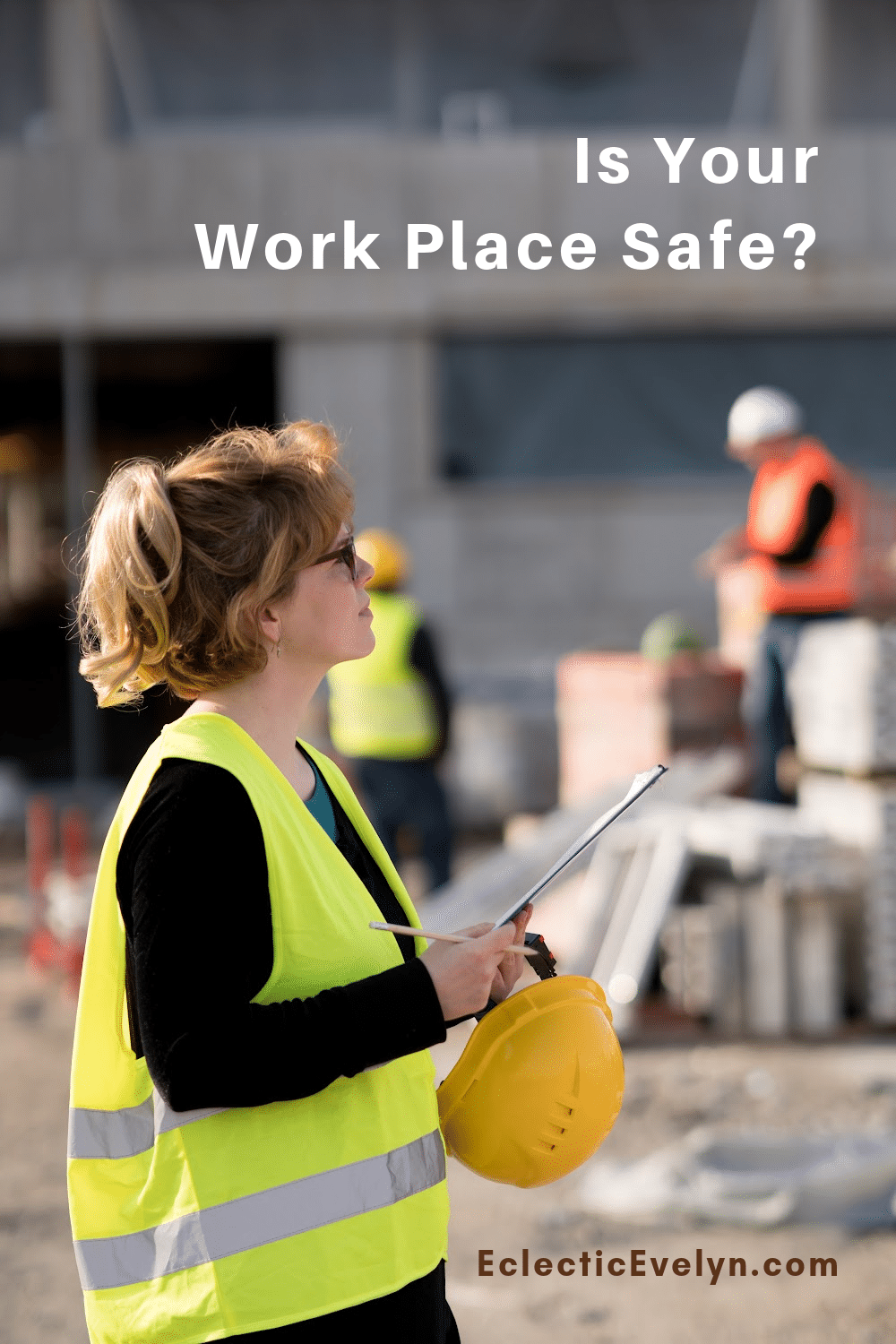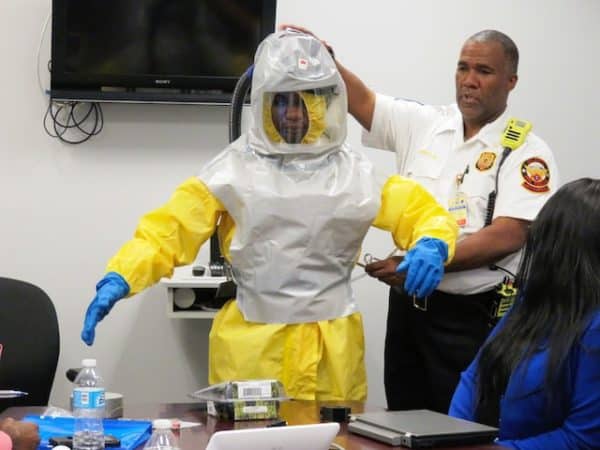Your workplace should be safe for all employees. Employers have a legal responsibility to provide a safe working environment and to protect employees from hazards that could cause injury or illness. This includes taking steps to prevent accidents and providing appropriate training, equipment, and resources to ensure the safety of workers. is unsafe in many ways. If you’re injured at work you have a case, contact a company like Accident.com so you can get the money you’re entitled to.
Some employers look at cutting costs at the expense of their employees or ignore issues in the workplace. If you’re experiencing any of the following, then you are working in an unsafe workplace and need to take action.
You Feel Unwell when You are There
One of the most significant signs that your workplace might not be as safe is that you feel unwell while you are there or when you get home. This could be more pronounced if you work with chemicals or hazardous materials. For example, if you are working in an asbestos-laden environment and your employer is not doing anything to abate the asbestos, then workers have the right to file a mesothelioma lawsuit if they become sick from exposure.
You Haven’t Been Given Proper Training
There are about 2.8 million nonfatal workplace accidents and injuries in the United States private industry each year and approximately five thousand on-the-job deaths each year. So, before you start your first day of employment, make sure your boss provides you with proper training.
Insufficient training provided by the company can serve as a red flag, potentially indicating deeper issues such as inadequate management. Without adequate training regarding equipment usage, procedures, and safety protocols, performing job duties may pose a significant risk of severe injury, potentially jeopardizing your employment or even more dire consequences. If your workplace fails to provide proper training, it is crucial to report unsafe practices to the appropriate authorities. If your workplace fails to provide proper training, it is crucial to report unsafe practices to the appropriate authorities. Additionally, if retaliation occurs after a complaint has been made, seeking legal counsel from experts in whistleblower cases like Dhillon Law can be beneficial.
Your Work Place is Hostile
A hostile work environment is a type of workplace harassment where an employee is subjected to unwanted and offensive behavior that is so severe or pervasive that it creates a work environment that is intimidating, hostile, or offensive. This can include verbal or physical abuse, discrimination, bullying, or other forms of mistreatment. Hostile work environments can take many forms and can be based on any protected characteristic, such as race, gender, age, sexual orientation, religion, or disability.
Examples of behavior that may create a hostile work environment include:
- repeated and unwanted sexual advances or comments
- racial slurs or other racist comments
- bullying or intimidation
- physical threats or violence
- denying an employee equal opportunities or benefits
- spreading rumors or gossip
It’s important to note that isolated incidents or minor slights may not create a hostile work environment, but a pattern of behavior that is severe or pervasive can.
When facing harassment, keeping evidence of sexual harassment to use when filing your claim is crucial. Documentation such as emails, messages, or recorded incidents can strengthen your case and provide the necessary proof if you decide to file a formal complaint or take legal action.
Employees who believe they are working in a hostile work environment should report the behavior to their employer or a supervisor and follow the company’s policy for reporting harassment. If the employer does not take appropriate action, the employee can file a complaint with the Equal Employment Opportunity Commission (EEOC) or a similar state agency.
Your Employer Doesn’t Provide PPE
At work, you are entitled to personal protective equipment (PPE). Most workplace dangers can be lessened by using the right safety gear. This can include helmets, gloves, and boots with steel toes. In many situations, it is the law that personal protection equipment is available. And people might need to wear masks to protect themselves from COVID. If you find out that your employer doesn’t give you PPE, you are much more likely to get hurt while doing your job.

The Employees are Overworked
Most bosses will ask their employees to work extra hours to help them with an important contract or order. This is normal, and it can give workers a chance to make much-needed extra money. But if your boss wants you to work a lot of extra hours, that could be an indication of something bad. Studies have shown that overworked employees are more stressed, to the point where they are more likely to hurt themselves while on the job or injure someone else.
If an employer does not provide a safe work environment, employees may be at risk of injury or illness. If an employee is injured or becomes ill as a result of an unsafe working condition, they may be entitled to compensation through workers’ compensation or through a personal injury lawsuit. An employee can report unsafe working conditions to the Occupational Safety and Health Administration (OSHA) and file a complaint. OSHA will investigate the complaint and, if violations are found, the employer may be cited and fined. If an employee feels that they have been retaliated against for reporting an unsafe working condition, they may file a complaint with OSHA, who will investigate and take appropriate action.





